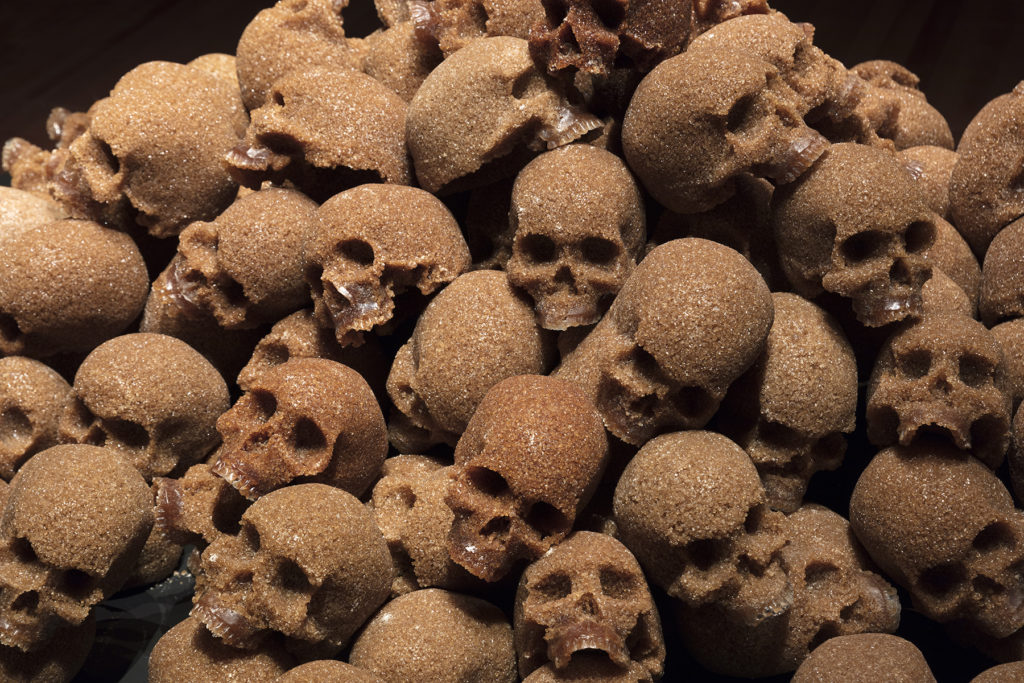ARTISTS Jasmine Togo Brisby, Tracey Moffatt
In the nineteenth century, hunger for the luxury product of sugar drove a new slave trade throughout the British Empire. In Australia, the Queensland government encouraged the establishing of sugar-cane plantations. Lacking the once-steady stream of convict labour, plantation owners turned to the Pacific for their labour force. From 1863 to 1904, 62,000 recorded people were taken from their homelands in the Pacific and enslaved on plantations. In 1904, under trade-union pressure, the Australian government passed the Pacific Island Labourers Act, which proclaimed sugar a white industry, leading to mass deportations of labourers who had arrived after 1879. Some were granted certificates of exemption to remain in Australia; others stayed illegally, sometimes by presenting themselves as Aboriginal. Today, their descendants are a distinct cultural group, referred to as Australian South Sea Islanders. In 1994, they were recognised by the Australian government as a unique minority group.
Wellington-based artist Jasmine Togo-Brisby is a fourth-generation Australian South Sea Islander. Her great-great-grandparents were taken from Vanuatu as children. Her sculpture Bitter Sweet (2015) was prompted by the discovery of an unmarked mass grave on a former plantation in Queensland. Installed on a plinth in a dark gallery, a pile of skulls cast in unrefined sugar and resin glisten under the gallery lights, giving off a sickly-sweet smell. Togo-Brisby says: ‘I'm interested in examining the effects of trauma transmitted through ongoing oppression across generations, particularly in contrast to the inheritance of wealth that has come to those who benefit from slavery and colonisation.’
Sydney artist Tracey Moffatt’s Plantation (2009) also evokes the history of Queensland ‘sugar slaves’, but reaches out to other cinematic and literary tropes. This series of photographic diptychs feels like stills from a film that could have been set in any of the world’s sugar industries, including the Caribbean, the American South, East Asia, or Africa. With their familiar tropes—the big house, the burning crops, the black man looking on—they are full of implied menace. Moffatt says: ‘I think my Plantation photographs look like literature. The twelve diptychs are like twelve chapters—and they are repetitious storylines—chanting over and over.’ Moffatt is representing Australia in this year’s Venice Biennale.





















